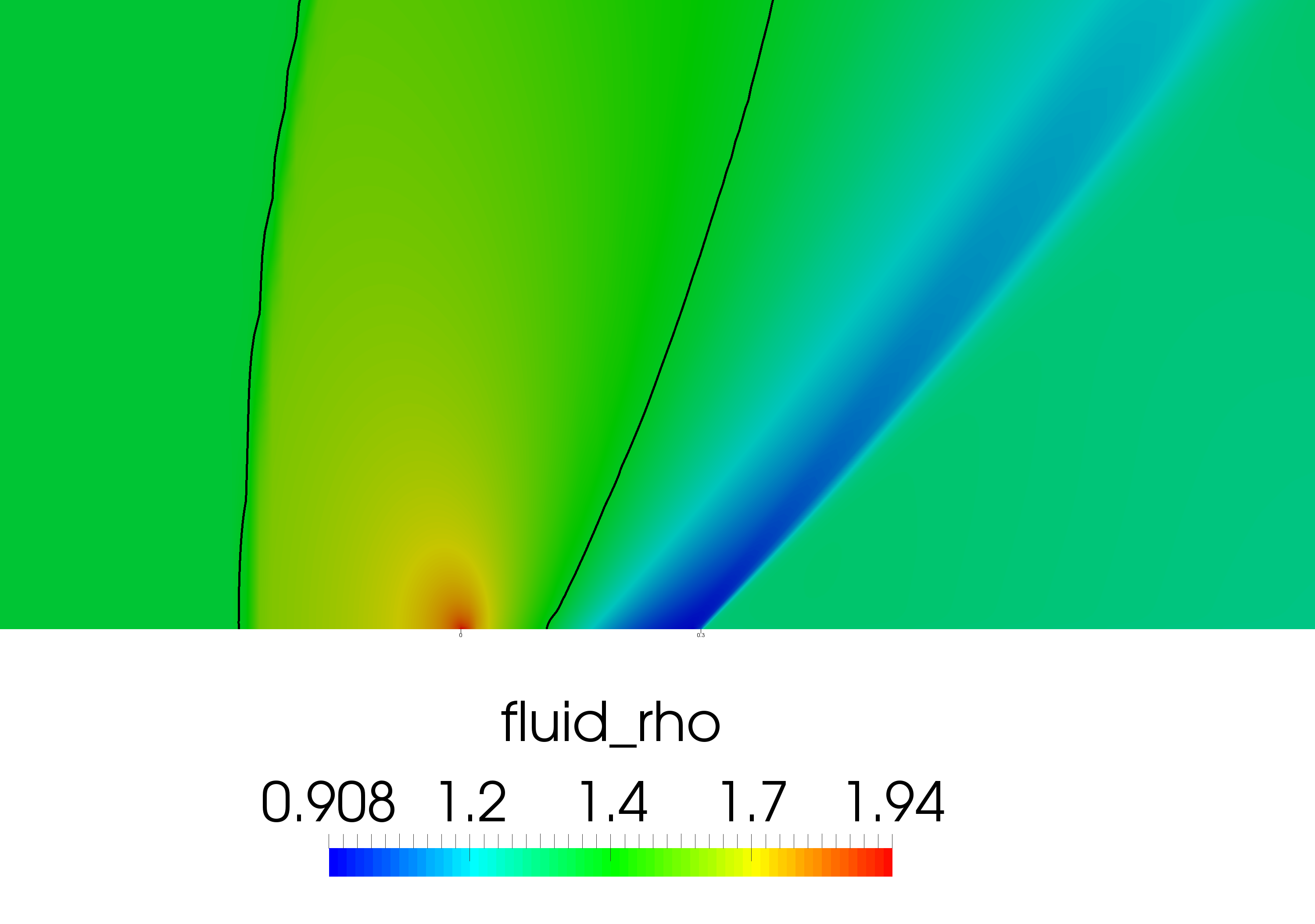Research at CDDL focuses on:
- fundamental development of numerical algorithms,
- development of sensitivity analysis for multiphysics interactions,
- implementation in codes suitable for large-scale computations,
- and applications for design of engineering systems.
Our research has been supported by the following organizations:
- Air Force Research Laboratory
- US Army’s Engineering Research and Development Center
- Air Force Office of Scientific Research
- NASA
Following are some of the active projects in our group.
MAST
Multidisciplinary-design Adaptation and Sensitivity Toolkit (MAST), is being developed through research efforts with a focus on design of nonlinear multiphysics systems that exhibit dynamic responses. Due to the need for computational efficiency and reliability in design, specialized mechanisms have been implemented to efficiently quantify the static and dynamic stability characteristics of such systems. Significant effort has been made towards the design of object-oriented data-structures that allow easy extensibility of the solvers. The framework implements sensitivity analysis for all solver components with interfaces to multiple optimization softwares. MAST leverages open-source libraries to enable efficient high-performance computations. The framework is released as an open-source software to fill a critical need area in the computational design community. It can be obtained from the GitHub repository and documentation is provided here.
Topology Optimization of Nonlinear Thermally-Stressed Structures
This project is using an immersed-boundary approach for topology optimization of strucutres operating in extreme thermal environments. Nonlinear heat conduction combined with internal cavity thermal radiation is used to solve for the temperature distribution on the structure. The temperature, combined with mechanical loading is used to solve for the geometrically nonlinear structural response.
Design of Chaotic Systems
Chaotic dynamical systems are extremely sensitivity to small perturbations in systems and their computational design poses a significant technical challenge. We are developing algorithms to efficiently quantify the system characteristics and their design sensitivities, which will serve as the foudation for optimization of such systems.
Computational Fluid-Structure Interactions
We have multiple projects investigating aspects of fluid-structure interactions including low frequency flutter, high-frequency acoustics, coupled aerothermoelastic response and interaction of structures with free-surface flows. Variety of computational procedures are being pursued including conventional loosely-coupled approaches and more modern immersed-boundary finite element variational approaches.
The following two animations show the flutter mode of a flag (beam with axial flow) in fluid of two different densities. The response has been captured using a bifurcation approach implemented in MAST.
| Flag Flutter in Lighter Fluid | Flag Flutter in Heavier Fluid |
The same bifurcation approach is also used to solve for the transonic flutter mode about a curved panel, shown below. The panel curvature causes a normal shown with a subsonic bubble over the panel. While the perturbations are able to convect upstream in this bubble, they can only convect downstream outside this region.
 |
|
|---|---|
| Steady-state density contour | Density perturbation (upper) and panel deformation (lower) due to flutter at \(M_\infty=1.1\) about curved panel leading to subsonic bubble behing a normal shock. |
Nonlinear Material Modeling
This project is developing computational approaches for elastoplastic analysis with development of adjoints for error-estimation and design sensitivity analysis.